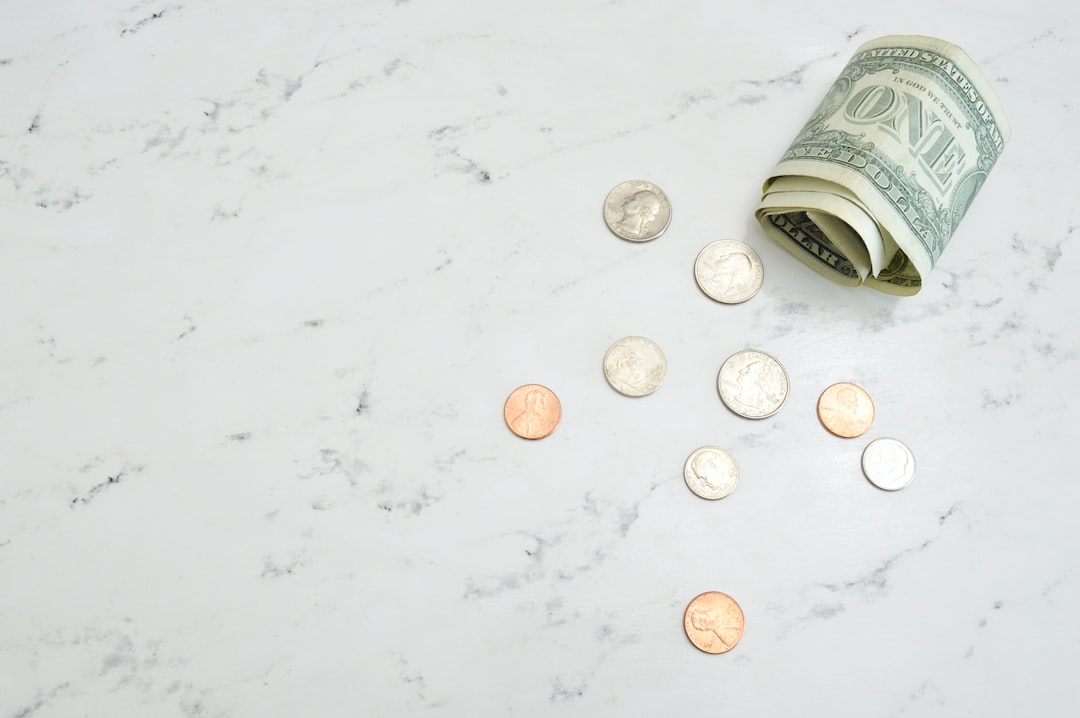Forex trading is one of the largest markets in the world, with a daily average turnover of around $5 trillion. It’s a highly leveraged market, meaning traders can make large profits with small investments. However, this also means that traders can lose a lot of money quickly if they don’t manage their risk properly. One of the ways forex traders manage their risk is by using margin. In this article, we will discuss what 20:1 margin in forex is and how it works.
Margin is the amount of money a trader needs to deposit with their broker to open and maintain a position. It’s a form of collateral, or a security deposit, that the broker requires to cover potential losses. Margin is usually expressed as a percentage of the full position size. For example, if a trader wants to open a position worth $100,000 and the margin requirement is 2%, they would need to deposit $2,000.
Leverage is the amount of money a trader can borrow from their broker to increase the size of their position. It’s expressed as a ratio, such as 20:1, which means a trader can borrow 20 times their deposit. Using the example above, if a trader wanted to open a position worth $100,000 with 20:1 leverage, they would only need to deposit $5,000 (which is 1/20th of $100,000).
So, what is 20:1 margin in forex?
20:1 margin means that a trader can borrow up to 20 times their deposit to open a position. In other words, they only need to deposit 5% of the position size to open a trade. This is also known as a 5% margin requirement.
For example, let’s say a trader wants to buy 100,000 euros (EUR/USD) at a price of 1.2000. The total value of this position is $120,000 (100,000 x 1.2000). With 20:1 leverage, the trader would only need to deposit $6,000 (5% of $120,000) to open this trade.
If the price of EUR/USD goes up by 1% to 1.2120, the trader would make a profit of $1,200 (100,000 x 0.0120). However, if the price went down by 1% to 1.1880, the trader would lose $1,200. If the trader had opened the same position with a 1:1 leverage, they would have needed to deposit the full $120,000 to open the trade. This means that a 1% move in the price would have resulted in a profit or loss of $1,000 (instead of $1,200).
Why do traders use 20:1 margin in forex?
There are several reasons why traders use 20:1 margin in forex:
1. Increased profit potential: With 20:1 leverage, traders can control larger positions with smaller deposits. This means that they can potentially make larger profits if the trade goes in their favor.
2. Lower capital requirements: Traders don’t need to have as much capital to start trading with 20:1 margin, which makes forex trading more accessible to retail traders.
3. Diversification: Traders can use 20:1 margin to diversify their portfolio by trading different currency pairs, which can help spread their risk.
However, it’s important to note that trading with 20:1 margin also comes with increased risk. If a trade goes against a trader, they can lose more than their initial deposit. This is known as a margin call, which is when a broker requires the trader to deposit more money to cover potential losses.
In conclusion, 20:1 margin in forex means that a trader can borrow up to 20 times their deposit to open a position. It’s a popular choice among traders because it increases profit potential and lowers capital requirements. However, it also comes with increased risk, so traders need to manage their risk properly and be aware of the potential for margin calls.





